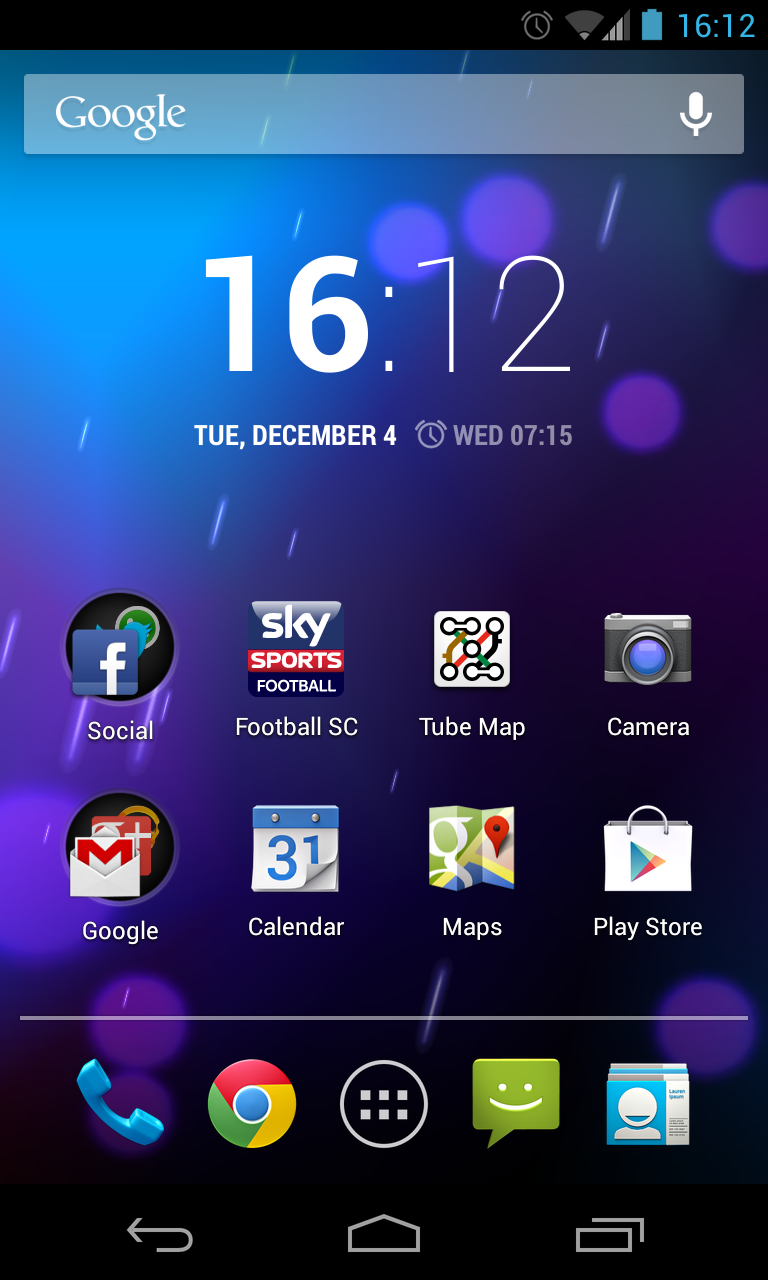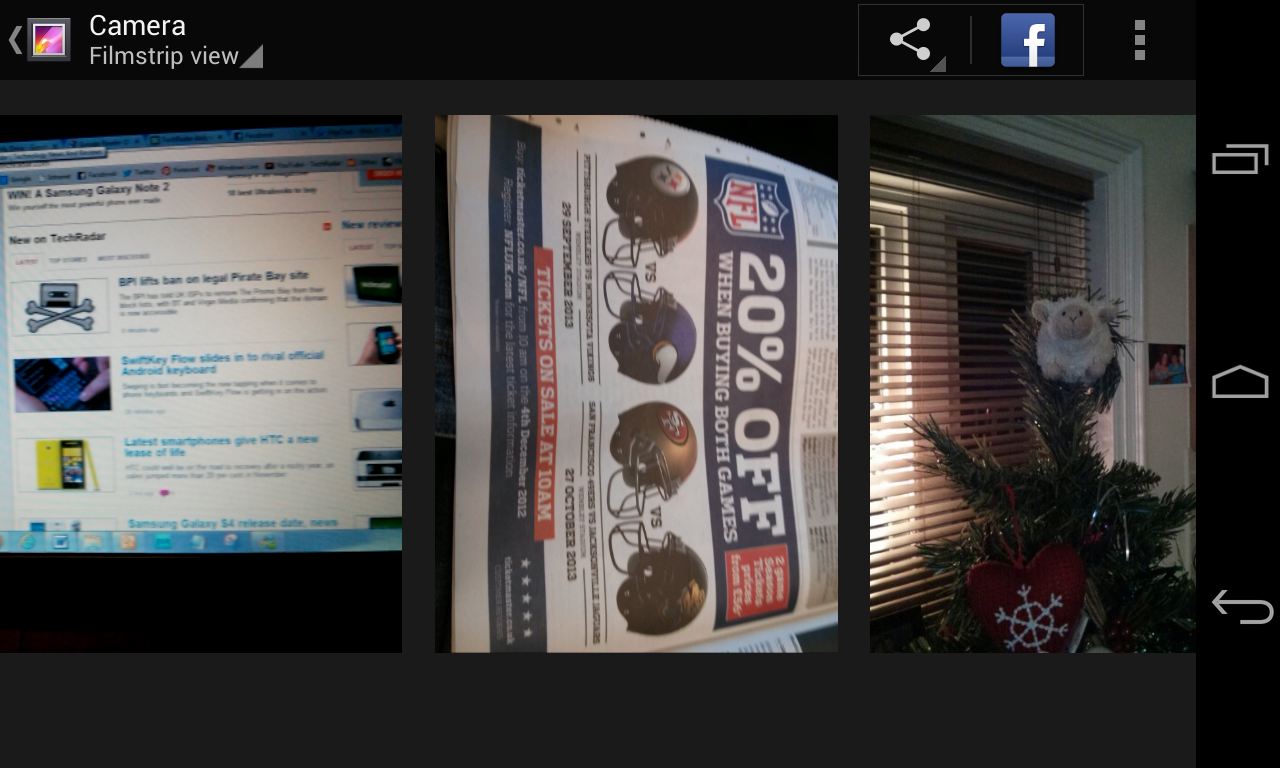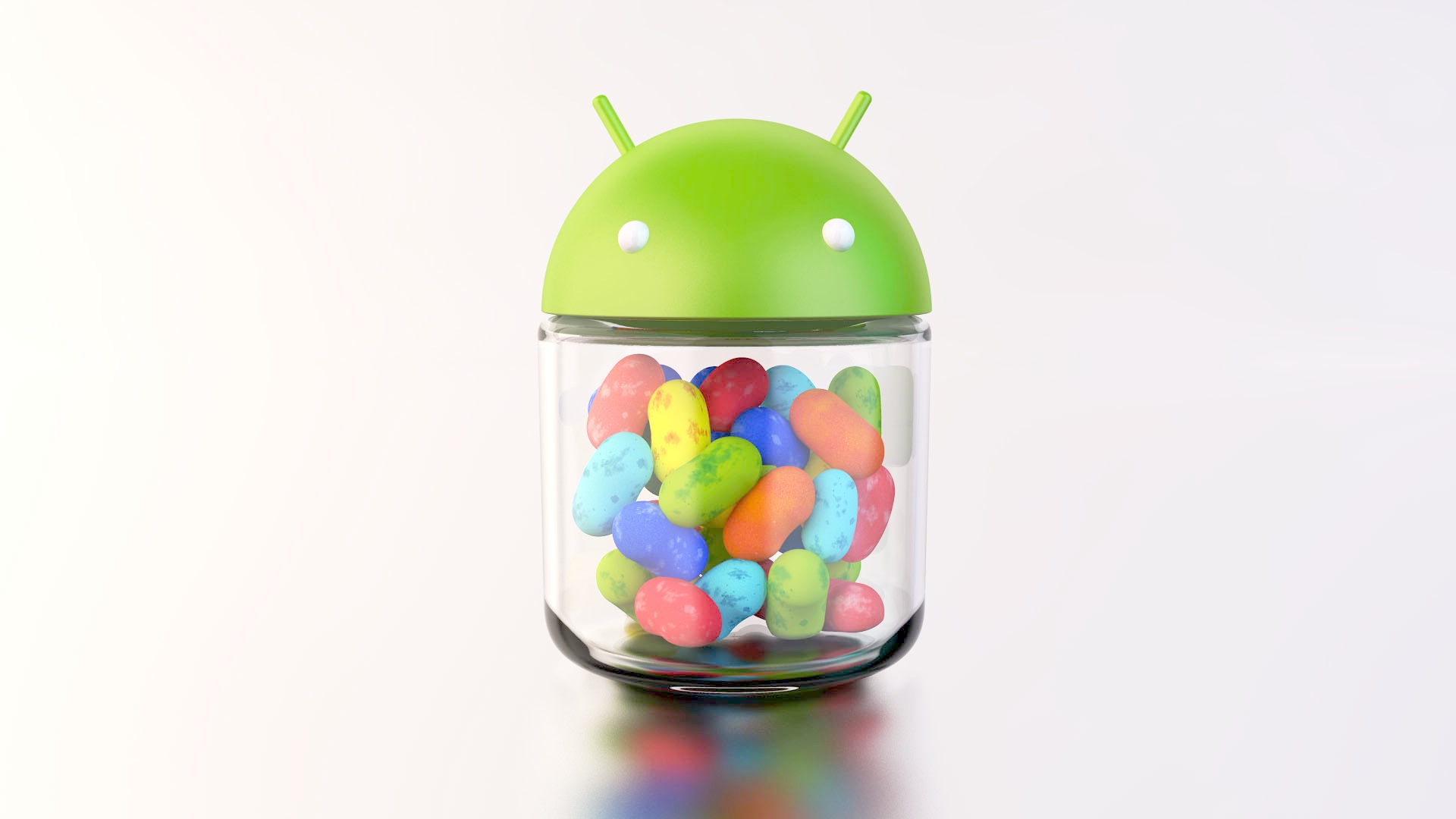Why you can trust TechRadar
Android widgets have always been an important competitive advantage over iOS, and Jelly Bean makes them so much better, it's hard to imagine even Apple could top it – assuming they choose to implement them in the first place, that is.

Where previous versions of Android made it tricky for widgets to be placed just anywhere on your home screens, Jelly Bean now moves icons or even other widgets out of the way so users can get exactly the customized layout they want.
Even more important, supported widgets are now resizable: Tap, hold and up pops a blue dot on each of the four sides. Grab one, move it to your liking and then tap outside of the widget to commit the change.
While this change might seem like overkill on a smartphone, it really makes a critical difference on the Nexus 7, Nexus 10 and Co., which come pre-installed with a number of media-centric widgets squarely aimed at taking on the likes of Amazon's Kindle Fire HD by pushing Google Play content front and center.
Don't like the stock "My Library" widget taking up your entire home screen? Tap, hold and drag it down to a more manageable size. Of course, users can also remove these entirely or replace them others.
One thing Jelly Bean doesn't entirely address is the lack of tablet-friendly apps. Netflix, for example, claims to be supported by Jelly Bean, but on the Nexus 7 it initially displayed a layout that was entirely too small, then too large before settling into being just right.
Hopefully, these growing pains will get worked out soon, as the cut-price tablets become increasingly popular.
Viewing photos you've taken on your device is also faster with Jelly Bean. Users can quickly swipe from camera to view mode for instant feedback, and unwanted images can be removed with a swipe up – no button tapping required.

Google finally catches up to the excellent accessibility options Apple bakes into iOS, now allowing blind users to use a new Gesture Mode in Jelly Bean for navigating the UI with only touch and speech output.
New APIs also extend these abilities, allowing developers to offer external Braille I/O devices capable of connecting via USB or Bluetooth.
